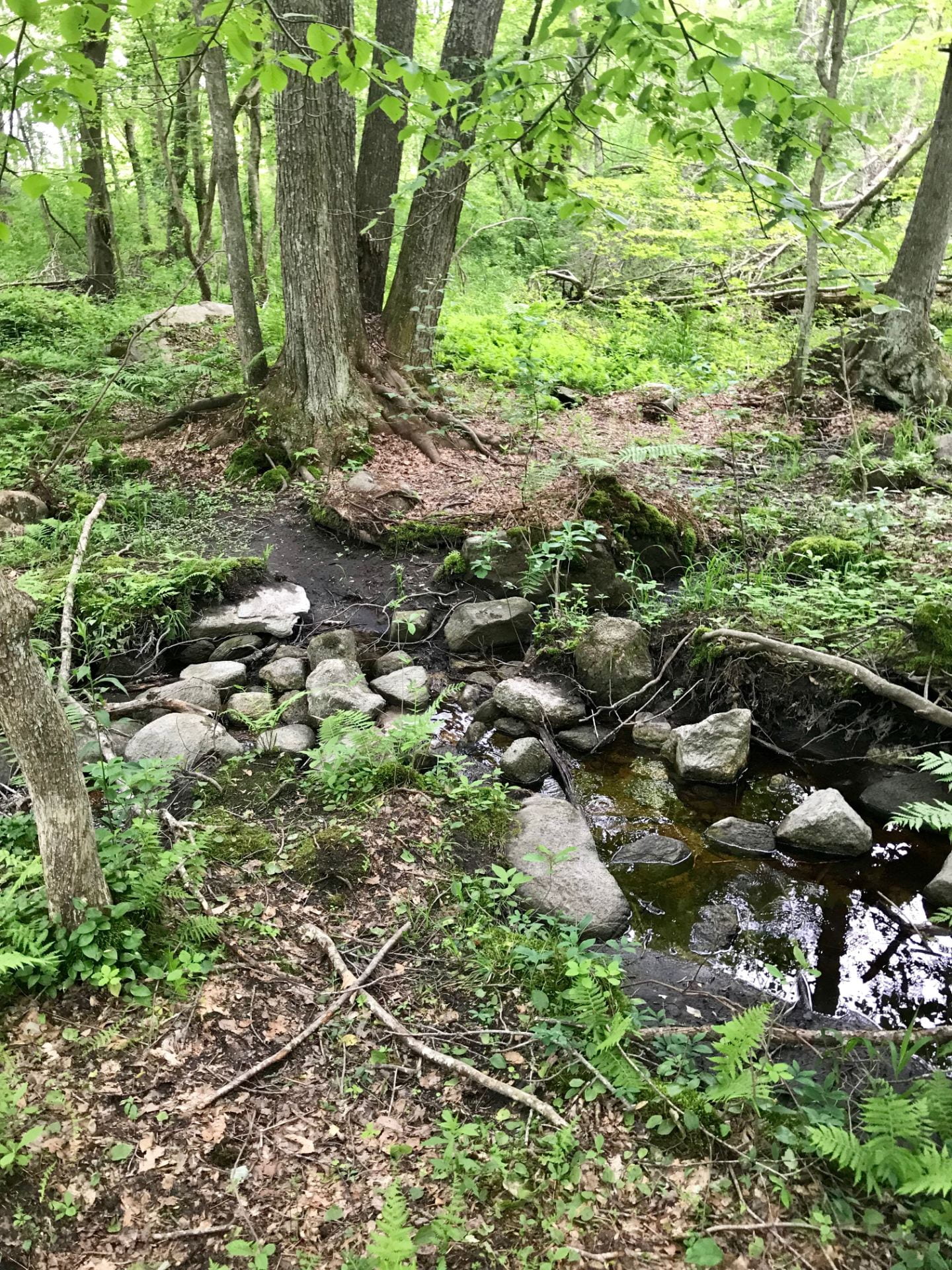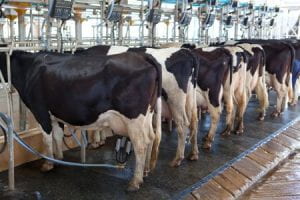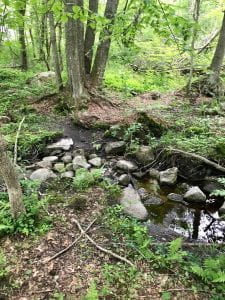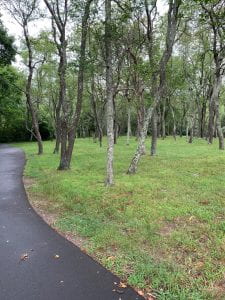What is Anthropornography?
What is Anthropornography? This term coined by Carol J. Adams will shed some light how animals and non-human animals are related to each other. Adams explores how the advertising industry has fooled us into seeing animals as nothing but consumable objects rather than living beings objectified and violated similar to the ways women are objectified by men. She also makes the connection to patriarchy and food saying that “women are animalized and animals are sexualized and feminized” (Adams 13) therefore connecting males and manliness to being the consumer of meat. She further details that meat eating is associated with masculinity and subsequently being male means eating meat. In the list of who is a consumer and who is the consumed she identifies white males as the consumer. White-males being the most privileged in our culture is the reasoning behind her assertion. Females and animals are the consumed as their privilege in society is much less. In this way anthropornography like pornography is advantaged based on how privilege is formed.
Animal consumption is made to look sexy as a way to rationalize the torture, degradation, and suffering they face to satisfy consumers. Therefore the advertisements sexualization of animals makes it seem okay to consume animals because like women they are sexualized and made to look like objects, not living beings. Adams explains this phenomenon by saying, “Animalizing women and feminizing animals helps in this process because it renders women and dead animals used as flesh as commodities” (Adams 15). Lisa Kemmerer who shares similar views to Adams points out, “‘everyone can enjoy the degradation of women without being honest about it’. These images are part of the structure of our culture, so we fail to notice that women are also being exploited: we fail to notice that ‘consumable’ animals are invariably portrayed as feminine, as sexual – available to men, just like female human beings” (Kemmerer). Anthropornography can be then seen as, “misery made sexy” (Adams 15).
Because women become symbolically female and fall into the category of consumable females they are seen as meat… this concept reiterates what we see in the images from Adams slide show of food advertisements. Looking at one of the images we can see how this chicken has been sexualized as a female, ready for consumption. 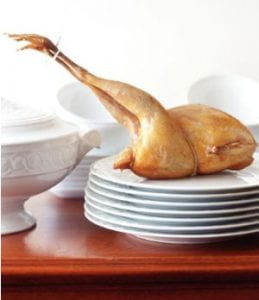
The advertisement makes the chicken look promiscuous like it wants to be eaten; to be consumed by a male. A second image advertises an ice cream company not only picturing a cow’s exaggerated rear end to look large and volumptuous but with the wording saying, “dairy air” further focusing on the female cows backside making the dairy product of the cow appear sexy therefore consumable. Here, a female’s body parts are represented by a female cow. “If animals are burdened by gender, by gender associations, by the oppression that is gender, then clearly they cant be liberated through representations that demean women” (Adams 20). Clearly the image of the cow being compared to a women is demeaning to women but as Adams argues is inviting to men. Finally a third image pictures a famous black male holding onto a black females leg like he is an animal ready to devour his meal. In the forefront is a chicken and a beer represented as female. Not only are black women seen as promiscuous but they are also depicted as being wild and needing to be tamed.
Here, a female’s body parts are represented by a female cow. “If animals are burdened by gender, by gender associations, by the oppression that is gender, then clearly they cant be liberated through representations that demean women” (Adams 20). Clearly the image of the cow being compared to a women is demeaning to women but as Adams argues is inviting to men. Finally a third image pictures a famous black male holding onto a black females leg like he is an animal ready to devour his meal. In the forefront is a chicken and a beer represented as female. Not only are black women seen as promiscuous but they are also depicted as being wild and needing to be tamed. 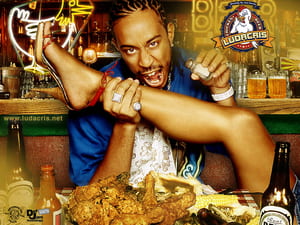 The wild nature of the picture sends the message that the male is taming his meal. Adams see’s this as the overlapping of “absent referents” (Adams). The overlapping absent referents here are white males and animals. Kemmerer describes the goal of these advertisements targeted at the white male as “Nonhuman animals are whoring for you. Nonhumans want you, too” (Kemmerer). Another image I came across is that goes along the same lines of Adams’ theory that animals are sexualized. In this advertisement of lobster a women’s behind is shown with the words “Lobster, all the meat is in the tail.”
The wild nature of the picture sends the message that the male is taming his meal. Adams see’s this as the overlapping of “absent referents” (Adams). The overlapping absent referents here are white males and animals. Kemmerer describes the goal of these advertisements targeted at the white male as “Nonhuman animals are whoring for you. Nonhumans want you, too” (Kemmerer). Another image I came across is that goes along the same lines of Adams’ theory that animals are sexualized. In this advertisement of lobster a women’s behind is shown with the words “Lobster, all the meat is in the tail.”  Just as females are used as objectifaction for males an animal is depicted in this advertisement as also raw material for consumption of humans.
Just as females are used as objectifaction for males an animal is depicted in this advertisement as also raw material for consumption of humans.
I think Adams has some very interesting insight when it comes to how the meat industry advertises meat that is obviously targeting the white male. As Adams states everything about the advertisement is intentional. We have become unaware of the messages behind these advertisements and desensitized to the patriarchal implications of the meat industry. For instance, “Female cows, chickens, pigs and other species, are routinely exploited due to their reproductive abilities” (Pevreall). This and the other concepts I discussed are some of the situations that have been forgotten on our quest to satisfy our privilege.
Bibliography
Adams, Carol J. “The Politics of Carol J. Adams.” Antennae. Annie Potts. Ed. Glovanni Alol. 2009. 12-24.
Kemmerer, Lisa. “The Pornography of Meat By Carol Adams.” Philosophy Now (2006).
Pevreall, Katie. “Sociaology Professor Deems Not Eating Meat A Feminist Act.” Live Kindly, 2017.
Annotated Bibliography:
This short article written by Katie Pevreall explains how a sociology professor Anne DeLassio-Parson makes the connection between eating meat and patriarchy. In the article she asserts that not eating meat can affect gender hierarchy and binaries in a variety of positive ways. She addresses the intersectional ways that black women are affected by their decision to be vegan and how that decision has become an act of social justice. Finally DeLassio touches upon the exploitation of animal’s particularly female animals, because of their reproductive capabilities.
